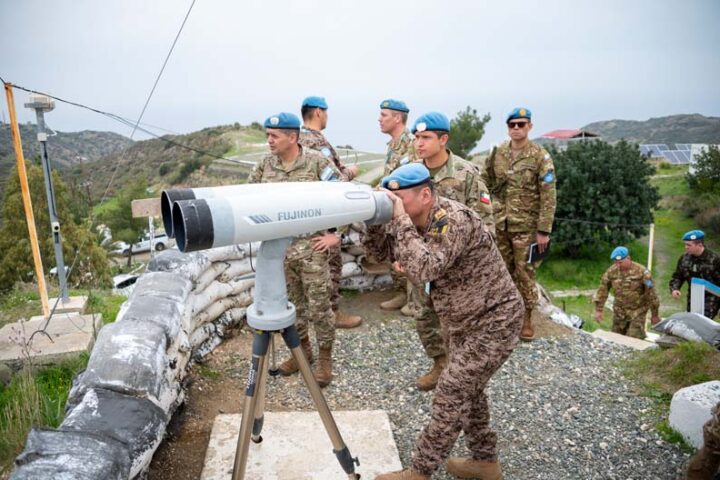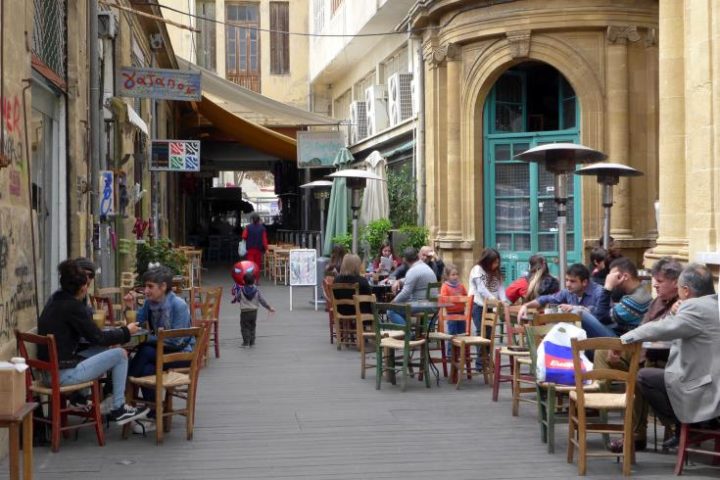A University of Edinburgh/Lemba Archaeological Research Centre team, under the directorship of Professor Edgar Peltenburg, has completed four weeks of excavations at Souskiou-Laona and unveiled ancient burial sites which provided an insight into religious and social rites of the period.
The site of Souskiou, near Palaepaphos, is famous for the earliest cemeteries in Cyprus, belonging to c. 3000 B.C., long before they became standard from the Bronze Age to the present.
An official press release said the excavations which were carried out by the team focused on the habitations of those people who were eventually buried in the cemeteries.
Their settlement is located on a steep hillside and this season the excavators were able to show how Chalcolithic people carved series of terraces on which to place their houses. Contrary to common belief, the remains were well preserved on the protected inner side of these terraces and much evidence was gained on the lifestyle of the community.
The Souskiou settlers specialised in the production of the cruciform figurines of the type that will soon grace the new euro to be introduced in Cyprus.
”To our surprise, production was not confined to a particular workshop. The waste material from the manufacture of these cruciforms was distributed throughout the settlement in such a way as to indicate that the figures were fashioned by several groups,” the press release said.
It added that this new data provides unrivalled evidence for the way in which these iconic images were created, as well as for the organisation of society and craft production in ancient Cyprus.
Up to recently, it had been assumed that the dead were all buried in the unique cemeteries of Souskiou, but this season child burials were recovered from an elegantly built structure at the top of the site. Mortuary studies have suggested that children were under-represented in the cemeteries, so here we have evidence of a division in burial customs, one in which age and status played a significant role in decisions about who was allowed to be placed in these earliest cemeteries.







